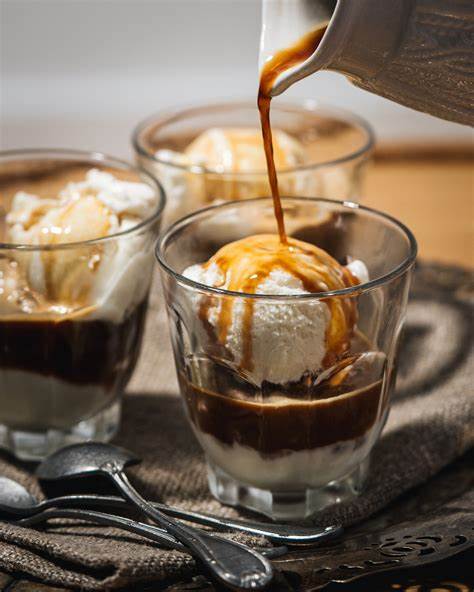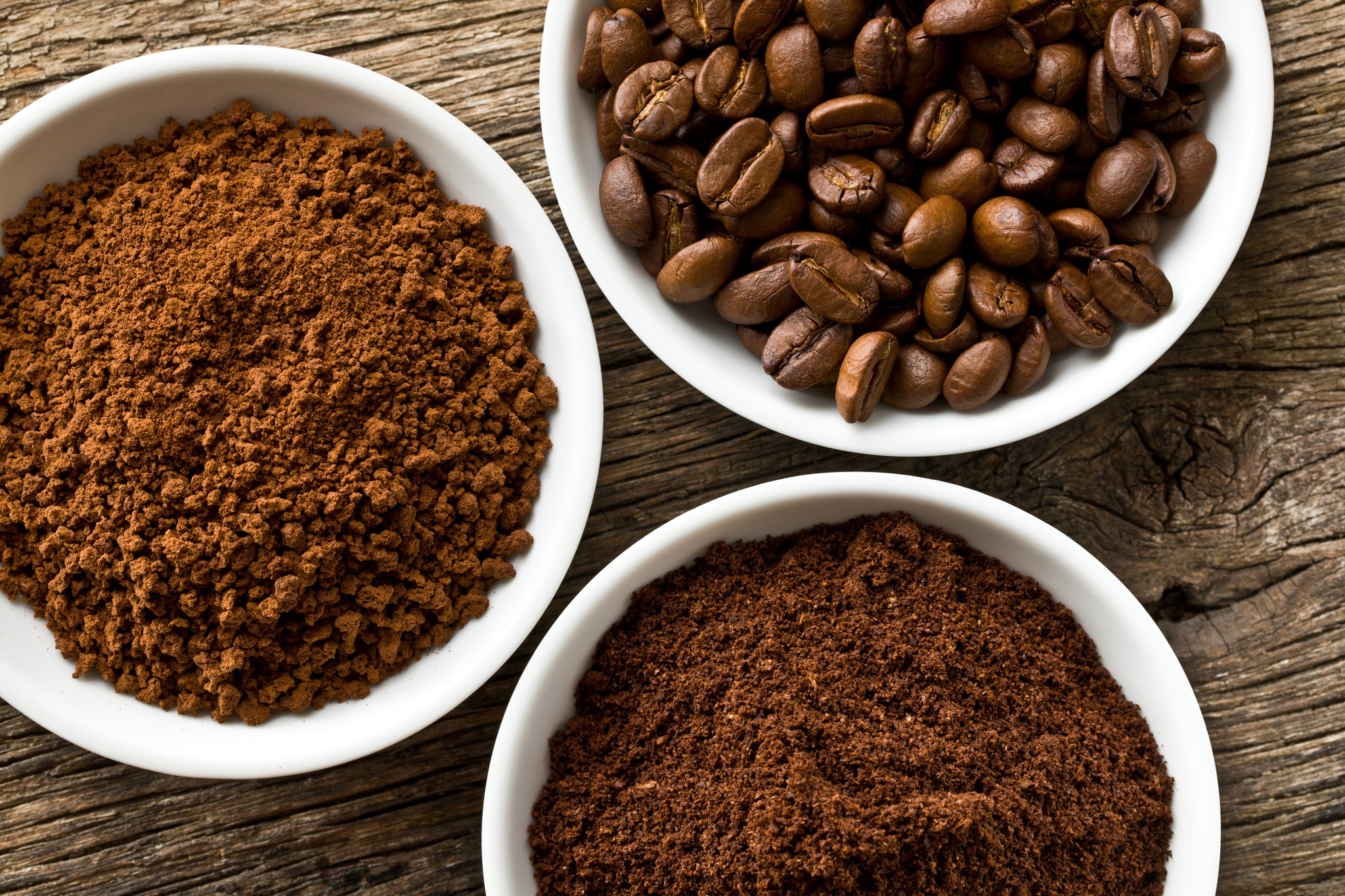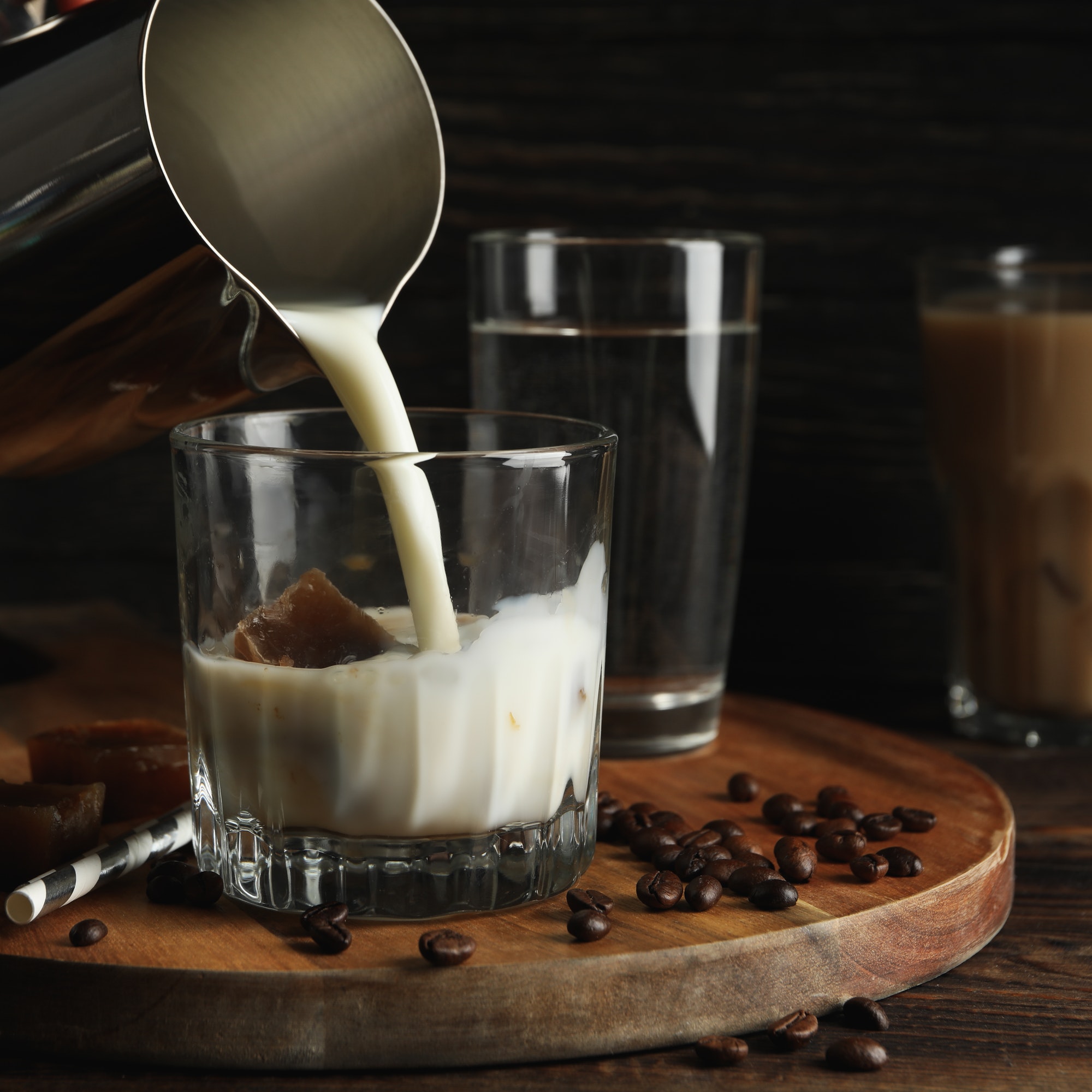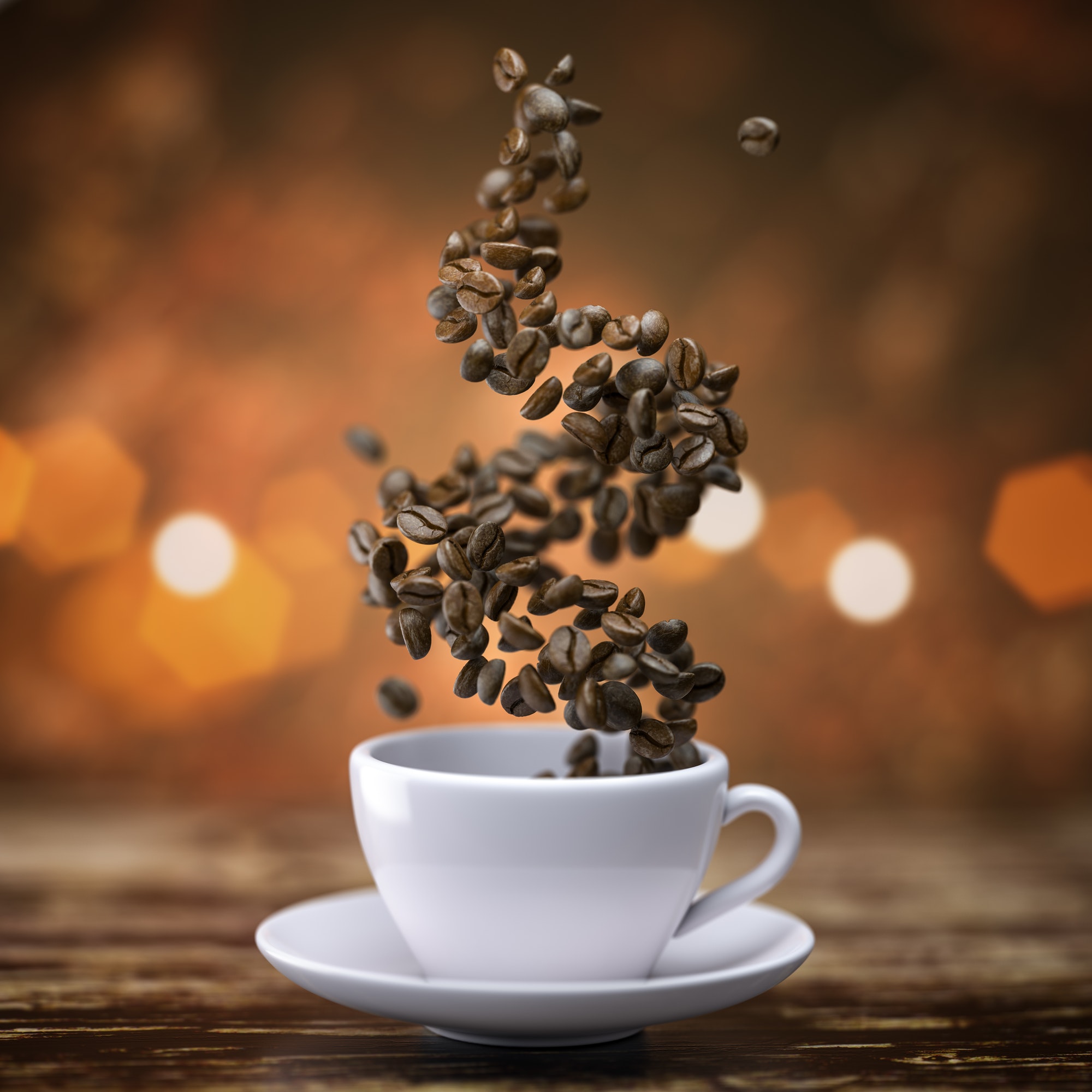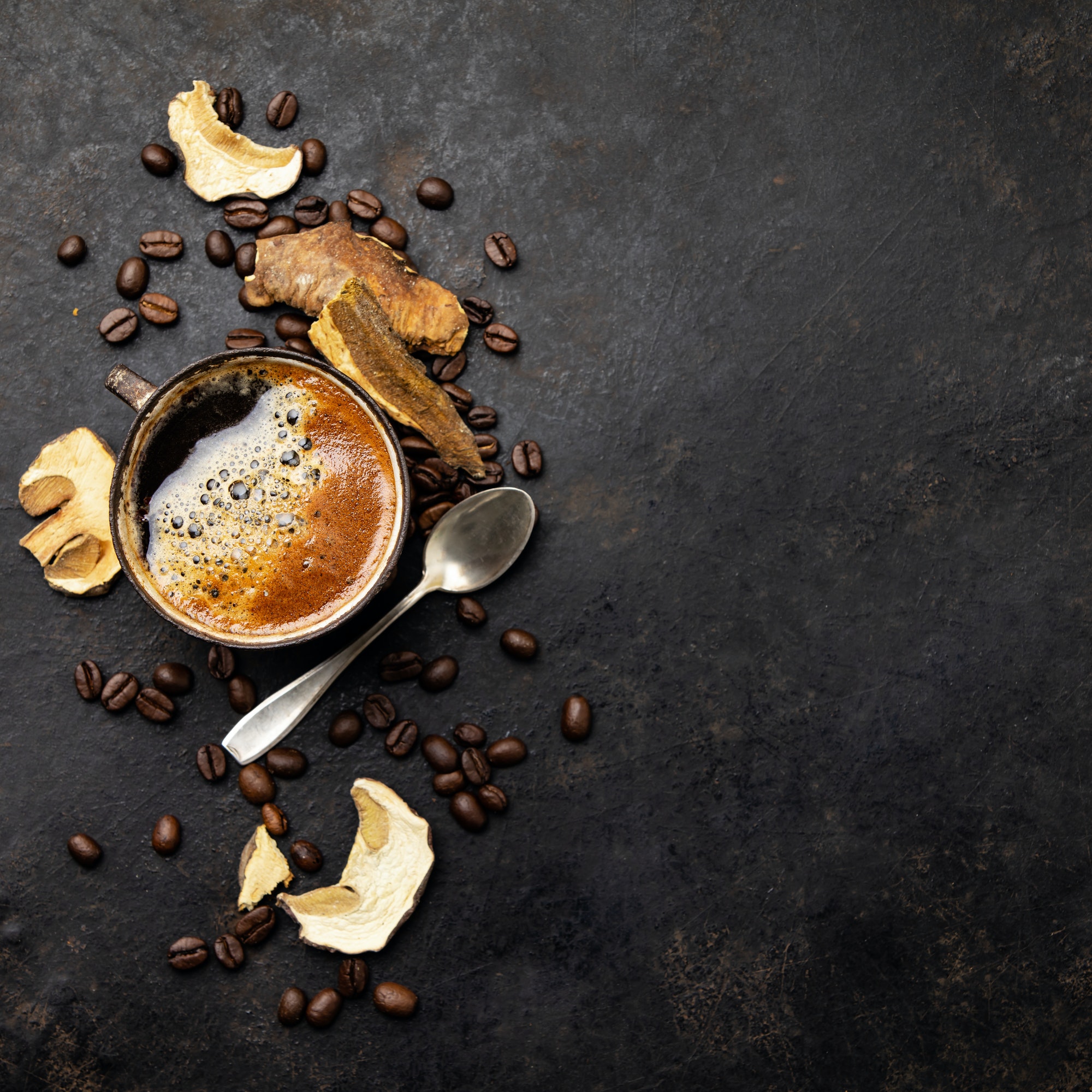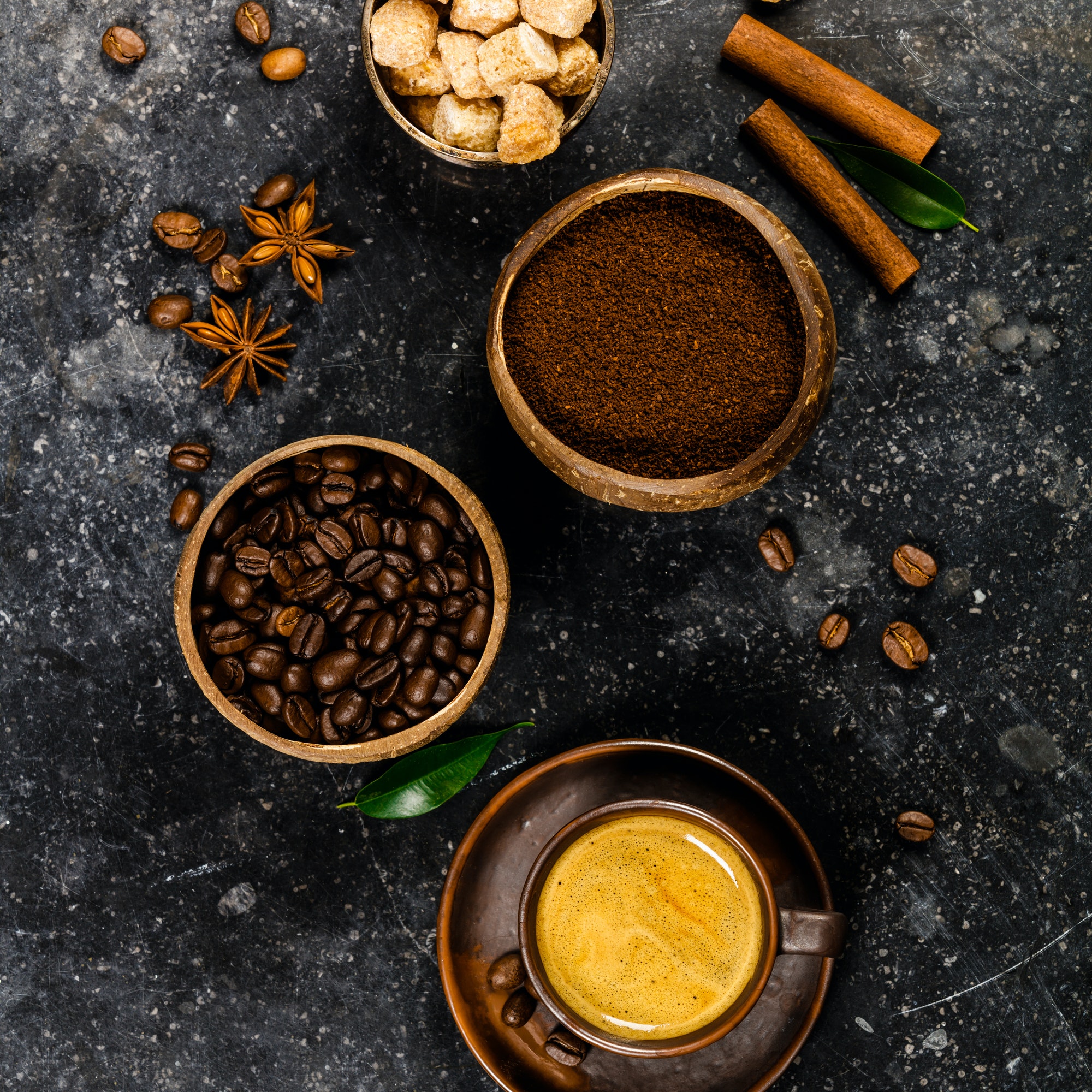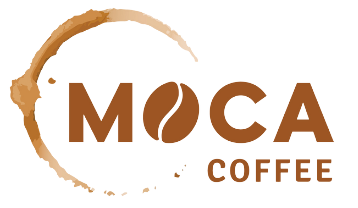What is Espresso Coffee? The Brewing Process and How to Enjoy It
You may have heard of or even tasted espresso coffee, or maybe you’ve just heard the name. You might only know that it is a type of coffee brewed quickly with a machine but might not know the history and meaning behind the name espresso. Moca Coffee will help you learn more about espresso coffee and how to brew this beverage.
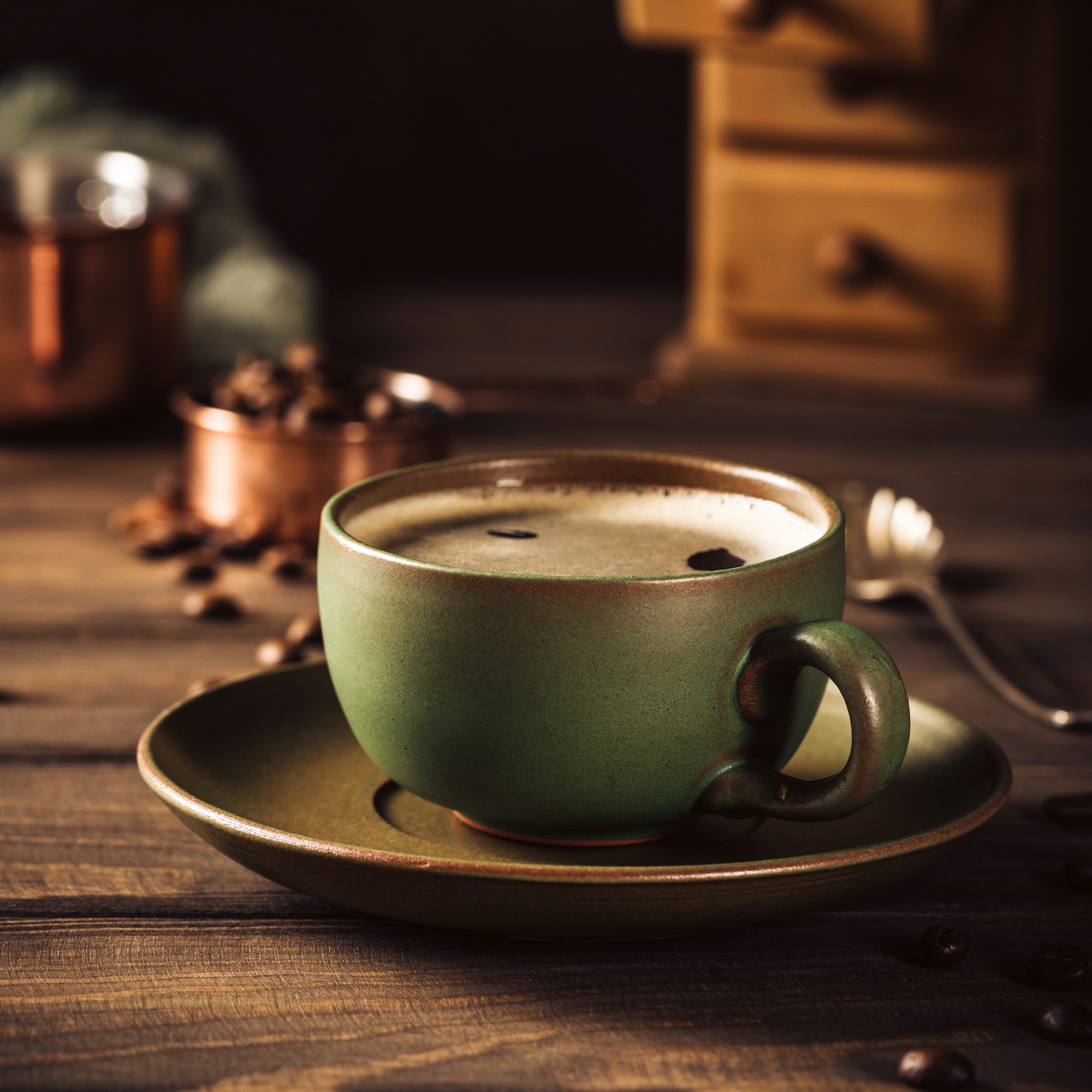
1. What is Espresso?
Espresso is a type of coffee that refers to the quick brewing method by forcing a small amount of nearly boiling water through finely-ground coffee beans using a coffee machine, originating from Italy.
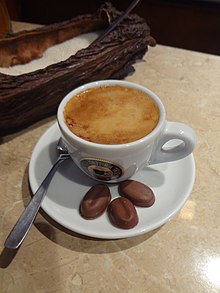
Espresso is brewed from roasted, pure coffee beans that are ground finely, resulting in a very concentrated coffee. This can only be achieved with a professional espresso machine.
A key characteristic of espresso after extraction from the machine is the crema, a layer of light brown foam formed by the combination of coffee oils and air bubbles.
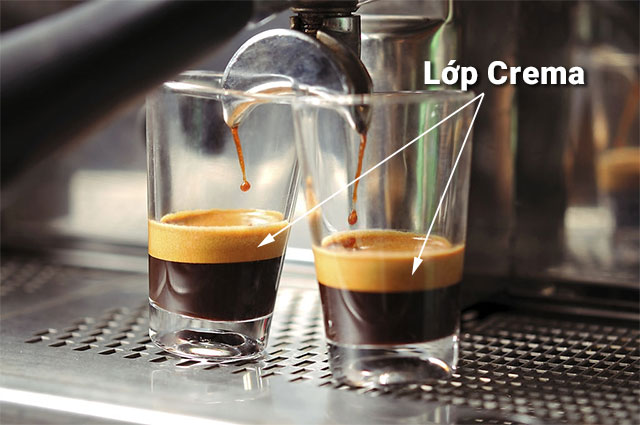
Note: Espresso is often misspelled and mispronounced as ‘expresso.’ There is no ‘x’ in the word, and using it will make you sound like a novice in the coffee world.
Source: What Espresso Is and How to Drink It, 10/28/19
2. How to Brew a Good Espresso
To make a good espresso, you need to prepare the following:
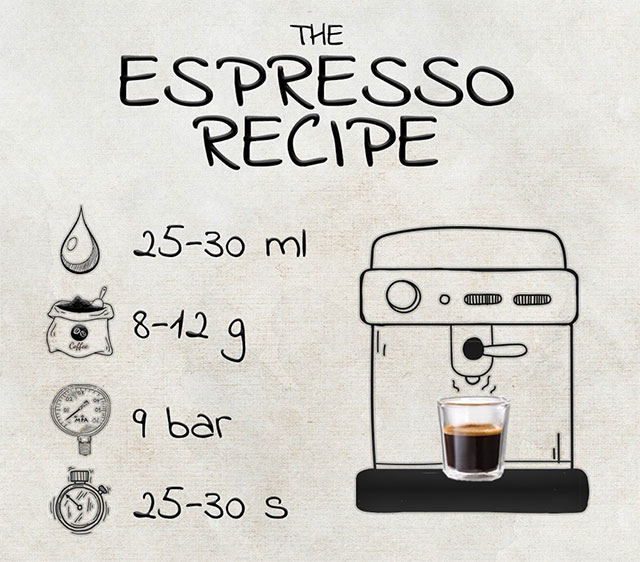
Espresso Recipe:
- Prepare the coffee grounds. The quality of the espresso depends on the coffee you choose as the ingredient. Some well-known and good types of coffee include Arabica, Typica, Moka, and Robusta.
- Espresso Machine: You might wonder why the same drink can have different prices in different places. Excluding brand and location factors, it could be due to the quality of the espresso machine. Some specialized machines can brew coffee in 10-30 seconds while still creating the perfect crema.
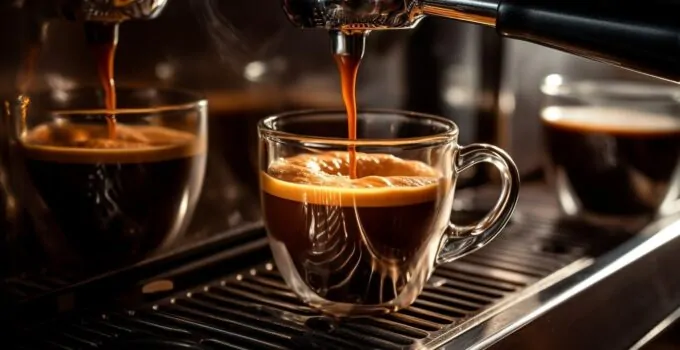
3. Types of Espresso Coffee
3.1. Espresso (Single Shot)
Espresso is the foundation of other coffee types. A standard espresso shot contains about 25-30ml of coffee brewed by forcing hot water through finely-ground coffee with high pressure.
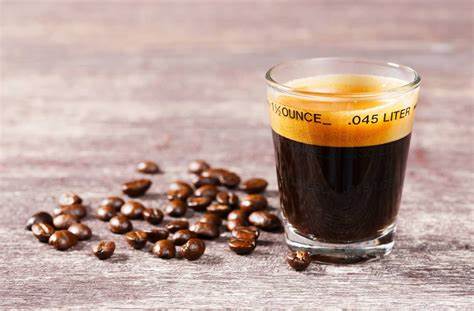
3.2. Espresso Doppio (Double Shot)
Espresso doppio is the double version of espresso. It contains twice the amount of coffee and water, resulting in a stronger and more intense coffee.
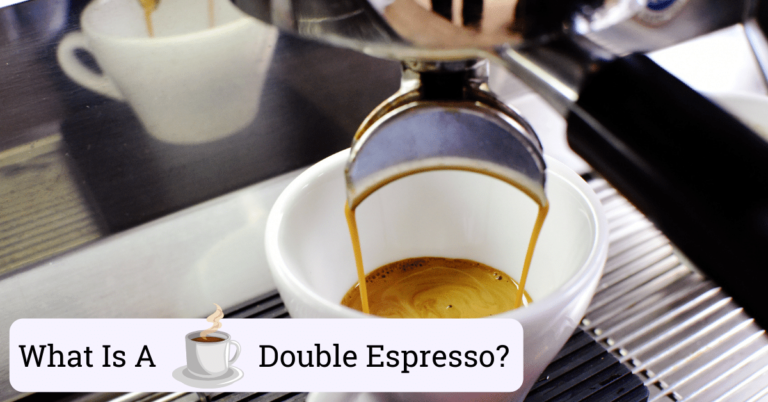
3.3. Ristretto
Ristretto is a more concentrated espresso, brewed with the same amount of coffee but less water (about 15-20ml). The result is a coffee with a stronger and more robust flavor.
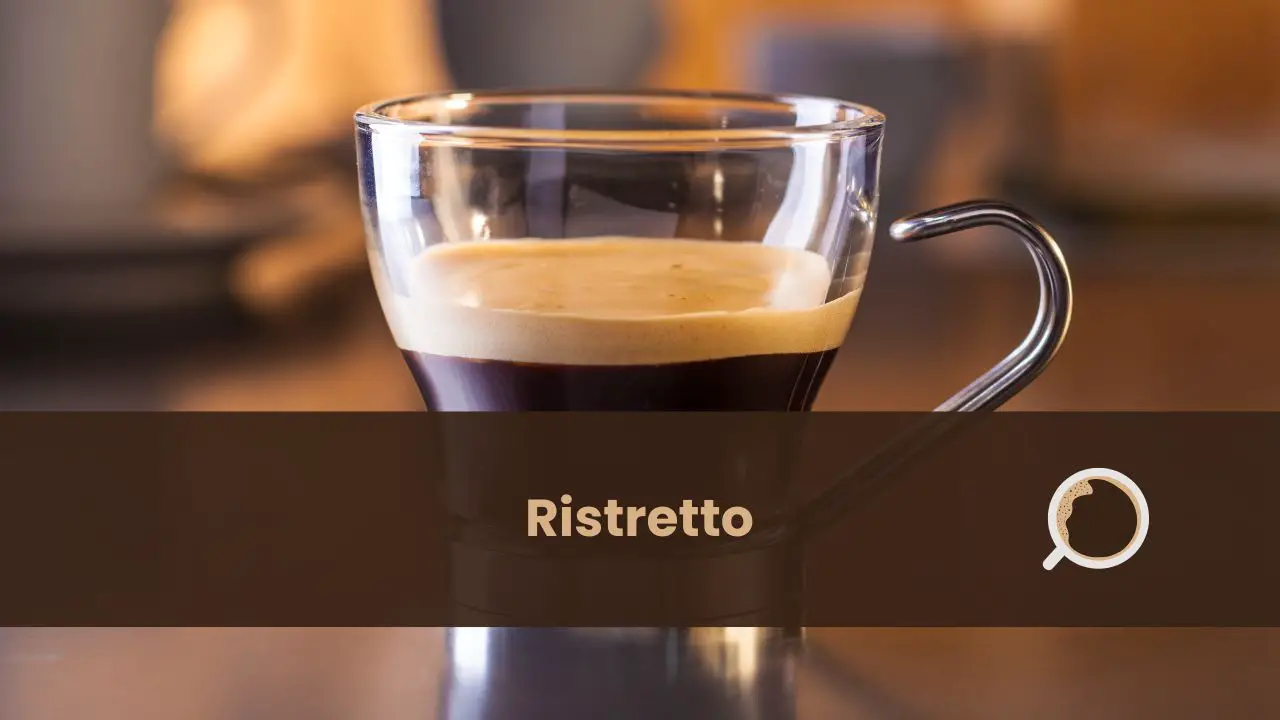
3.4. Lungo
Lungo, meaning “long” in Italian, is an espresso brewed with twice the amount of water compared to a regular espresso. This creates a lighter, less concentrated coffee with a longer-lasting flavor.
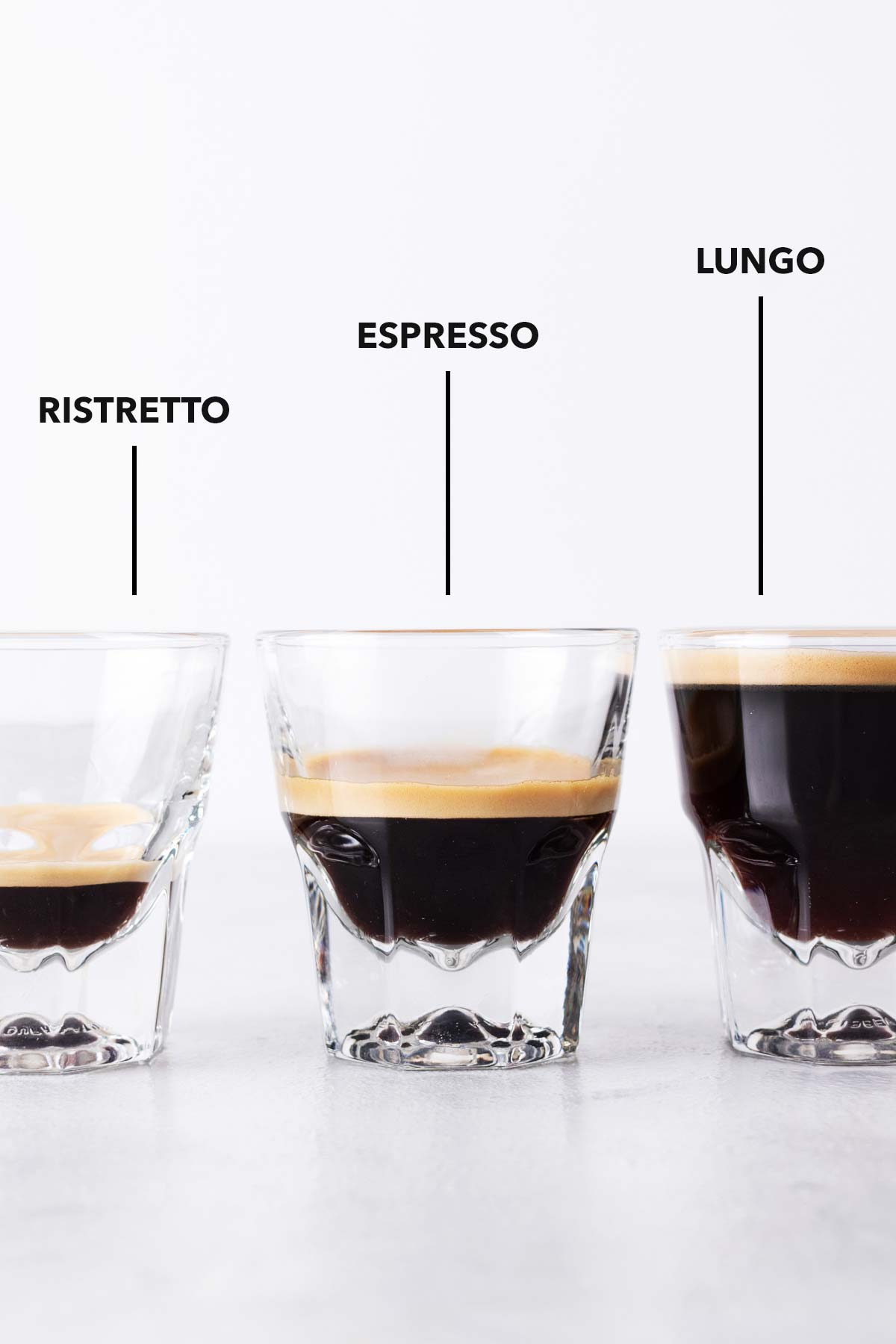
3.5. Macchiato
Espresso macchiato is an espresso with a small amount of milk or milk foam. “Macchiato” means “marked” or “stained” in Italian, referring to the small amount of milk added to the espresso.
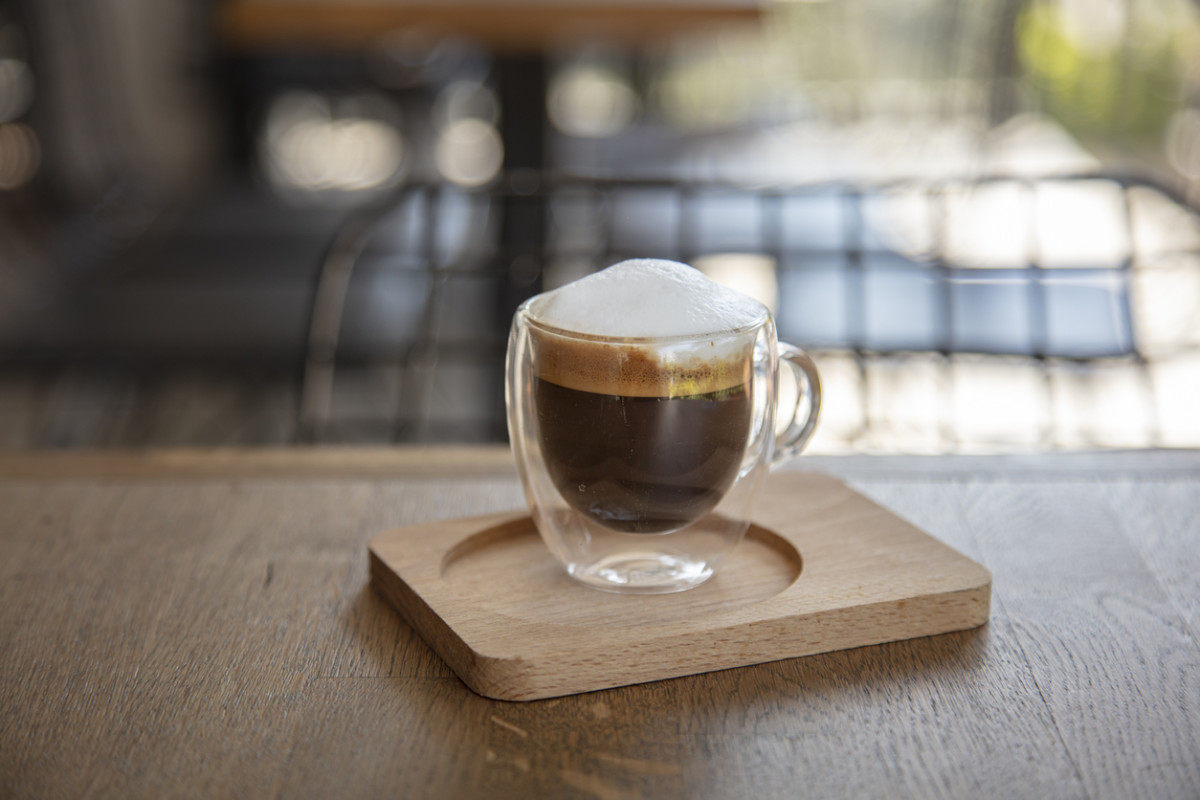
3.6. Cortado
Cortado is an espresso mixed with an equal amount of hot milk. The 1:1 ratio of coffee to milk helps reduce the acidity and bitterness of the coffee, creating a balanced flavor.
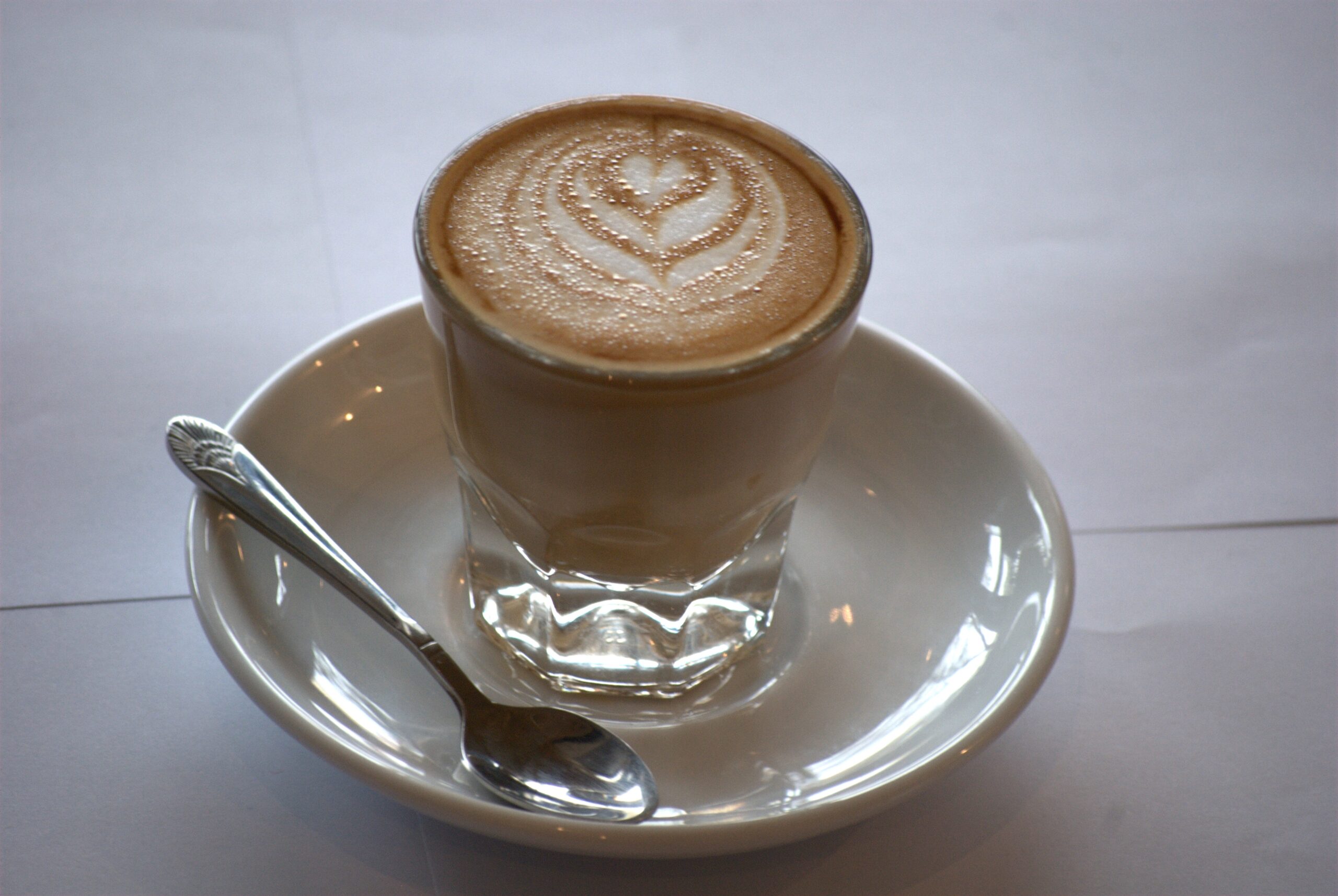
3.7. Cappuccino
Cappuccino consists of one part espresso, one part hot milk, and one part milk foam. It is often topped with cocoa powder or cinnamon.

3.8. Latte
Latte is a combination of one part espresso and three parts hot milk, with a thin layer of milk foam on top. It is a lighter and smoother coffee compared to cappuccino.
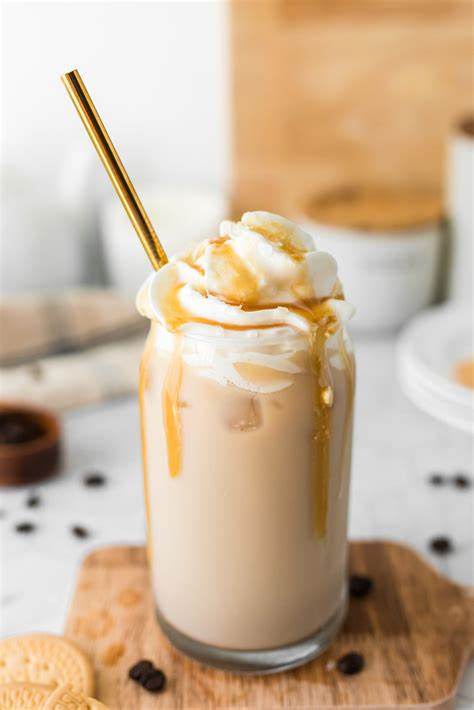
3.9. Flat White
Flat white is a type of coffee originating from Australia, consisting of espresso and hot milk, but with less foam than a latte, resulting in a more intense coffee flavor.
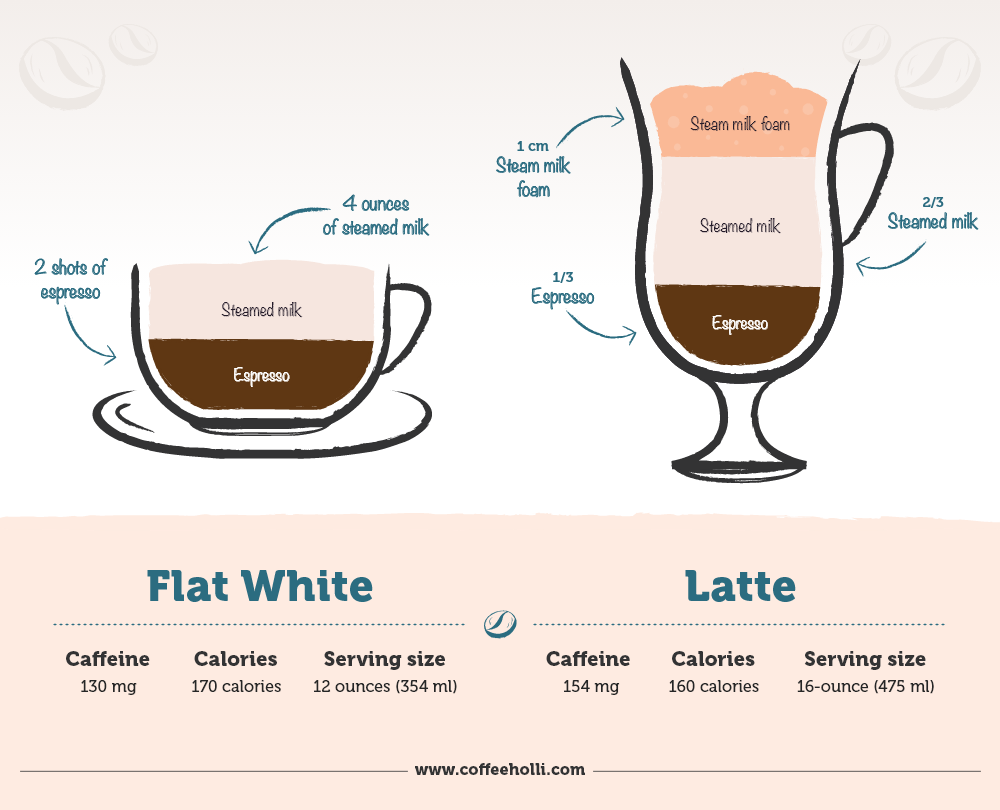
3.10. Mocha
Mocha is a combination of espresso, hot chocolate, and milk, often topped with whipped cream and cocoa powder or chocolate shavings. It is a perfect choice for coffee and chocolate lovers.
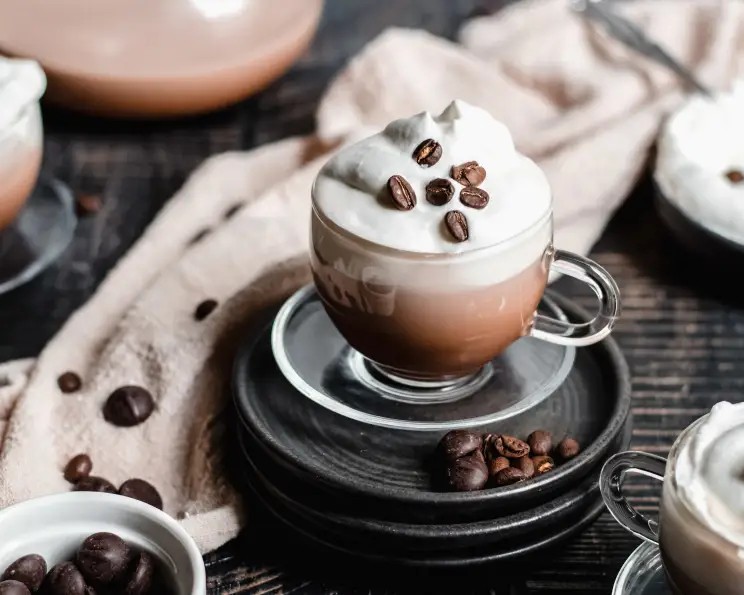
3.11. Americano
Americano is brewed by adding hot water to espresso, creating a lighter coffee flavor, similar to regular drip coffee but with the distinctive espresso taste.
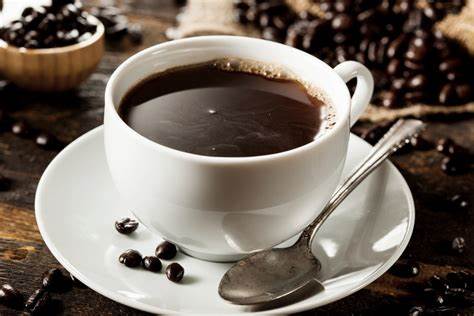
3.12. Affogato
Affogato is a coffee dessert, consisting of a scoop of vanilla ice cream topped with a shot of hot espresso. The combination of cold ice cream and hot coffee creates a unique culinary experience.
